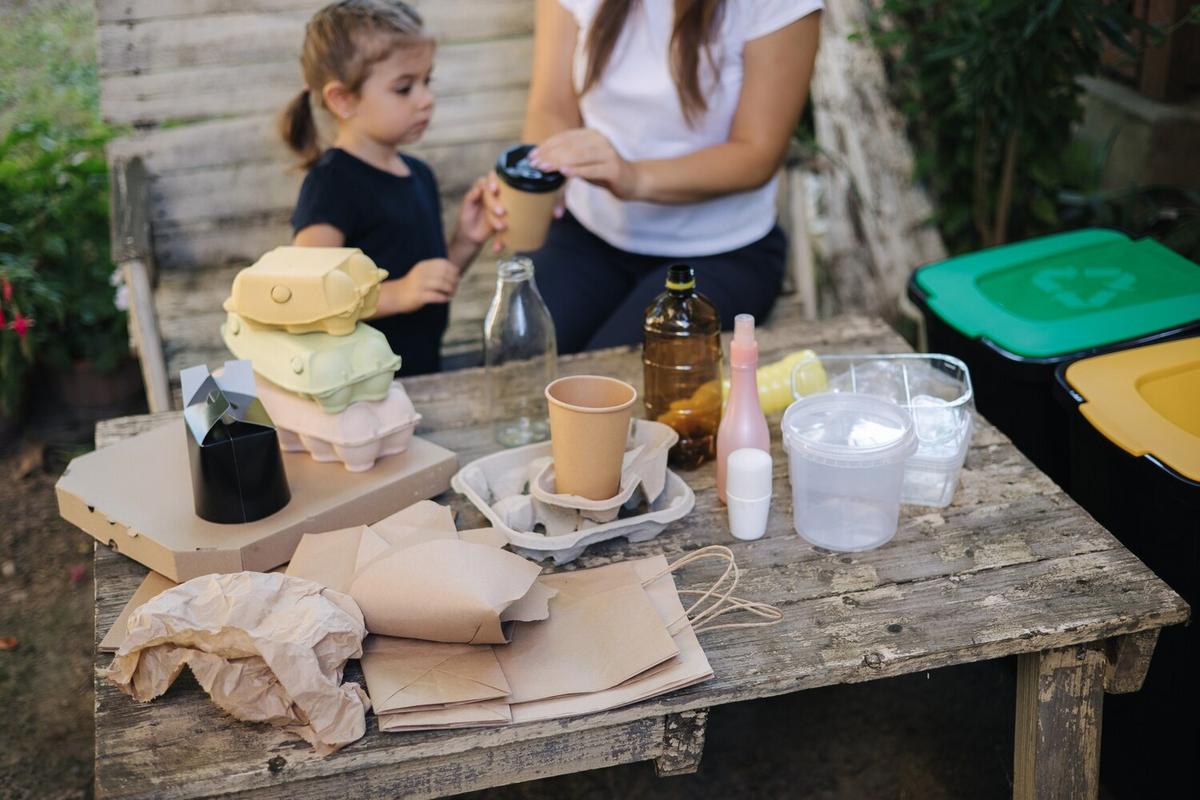Embarking on a zero-waste lifestyle can seem daunting, but with the right approach, it can become a seamless and rewarding journey. This blog post will provide you with expert advice, actionable tips, and essential information to help you start reducing waste and making a positive impact on the environment.
Understanding the Zero-Waste Lifestyle
The zero-waste lifestyle aims to minimize the amount of trash sent to landfills and incinerators by reducing, reusing, and recycling materials. It’s about making conscious choices to lessen our environmental footprint.
“Zero waste is not about perfection; it’s about making better choices.” — Bea Johnson, Author of Zero Waste Home
Why Go Zero-Waste?
Adopting a zero-waste lifestyle has numerous benefits. According to the Environmental Protection Agency (EPA), the average American generates approximately 4.9 pounds of waste per day. Reducing this can help conserve resources, save money, and mitigate climate change.
First Steps to a Zero-Waste Lifestyle
Starting a zero-waste journey doesn’t have to be overwhelming. Here are some actionable tips to get you started:
- Conduct a Waste Audit: Examine your trash to identify what you throw away most frequently. This helps you understand where to make changes.
- Refuse Single-Use Plastics: Say no to plastic bags, straws, and bottles. Opt for reusable alternatives instead.
- Buy in Bulk: Purchase items in bulk to reduce packaging waste. Bring your containers to the store.
- Compost: Start composting organic waste to reduce landfill trash and create nutrient-rich soil for gardening.
- DIY Cleaning Products: Make your own cleaning supplies using natural ingredients like vinegar, baking soda, and essential oils.
Expert Opinions
Experts agree that small, consistent changes can lead to a significant impact. Dr. Jane Goodall emphasizes, “What you do makes a difference, and you have to decide what kind of difference you want to make.”
Relevant Statistics
According to a study by the World Bank, global waste generation is expected to increase by 70% by 2050 unless urgent action is taken. This highlights the importance of adopting sustainable practices.
Personal Anecdotes
Many individuals have successfully transitioned to a zero-waste lifestyle. For example, Sarah, a mother of two, shares, “Switching to reusable diapers and homemade baby food has significantly reduced our household waste and saved us money.”
Actionable Tips
- Use Reusable Bags: Always carry reusable bags when shopping.
- Shop Secondhand: Buy clothes, furniture, and other items from thrift stores or online marketplaces.
- Repair Instead of Replace: Fix items instead of discarding them. Learn basic repair skills for clothing and electronics.
- Choose Sustainable Products: Support companies that use eco-friendly materials and practices.
Comparison Table: Disposable vs. Reusable Items
| Disposable Item | Reusable Alternative |
|---|---|
| Plastic Water Bottles | Stainless Steel Water Bottles |
| Plastic Bags | Cloth Tote Bags |
| Paper Towels | Cloth Towels |
| Disposable Razors | Safety Razors |
| Plastic Cutlery | Metal Cutlery |
| Takeout Containers | Glass Containers |
| Plastic Straws | Metal or Bamboo Straws |
| Disposable Coffee Cups | Travel Mugs |
FAQ
Q: How can I start composting?
A: Begin by collecting food scraps and yard waste. Use a compost bin or pile, and turn it regularly to speed up the decomposition process.
Q: What should I do with items that can’t be recycled?
A: Look for specialized recycling programs or drop-off locations for items like electronics and batteries. Avoid sending them to landfills if possible.




Leave a Reply